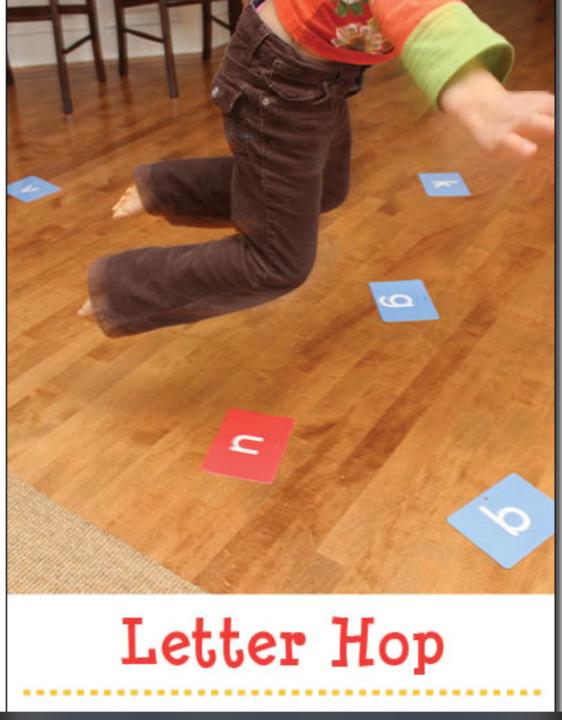Activity
Mon
Wed
Fri
Sun
Nov
Dec
Jan
Feb
Mar
Apr
May
Jun
Jul
Aug
Sep
What is this?
Less
More
Memberships
Stronger Together Family
34 members • Free
1 contribution to Stronger Together Family
Integrating Movement into Learning- The Letter Hop Game
Integrating movement into learning—such as using a “Letter Hop” game where children hop to letters to spell words—offers significant benefits for cognitive development, physical literacy, and self-confidence. Here’s an expanded explanation supported by research: 🧠 Cognitive Benefits: Enhancing Learning Through Movement Incorporating physical activity into learning can improve concentration, relieve stress, and increase retention. Even brief movement breaks, like a 10-minute walk or kinesthetic learning activities, positively impact student learning. The cerebellum, a brain region responsible for motor control, also plays a role in cognitive functions such as attention and language. Engaging in movement-based activities stimulates this area, enhancing both motor skills and cognitive processes. 💪 Physical Literacy: Building Fundamental Movement Skills Activities like hopping to letters not only reinforce academic concepts but also develop fundamental movement skills, including balance, coordination, and spatial awareness. These skills are crucial for children’s overall physical development and lay the foundation for more complex movements. For example, hopping requires dynamic balance and strength, which are advanced skills that children typically develop between the ages of 5 and 7. Practicing such movements in a fun, educational context supports their physical growth. 😊 Emotional and Social Development: Boosting Confidence and Engagement Movement-based learning activities can enhance children’s confidence and social skills. By successfully completing physical tasks, children experience a sense of achievement, which boosts self-esteem. Additionally, these activities often involve collaboration, promoting communication and teamwork. 🏡 Practical Application: Implementing Movement-Based Learning at Home To incorporate movement into your homeschooling routine: - Create a “Letter Hop” Game: Place alphabet cards on the floor and have your child hop to spell out words. - Integrate Movement into Lessons: Encourage activities like acting out stories or using gestures to represent math concepts, making learning more dynamic and engaging.

1-1 of 1


